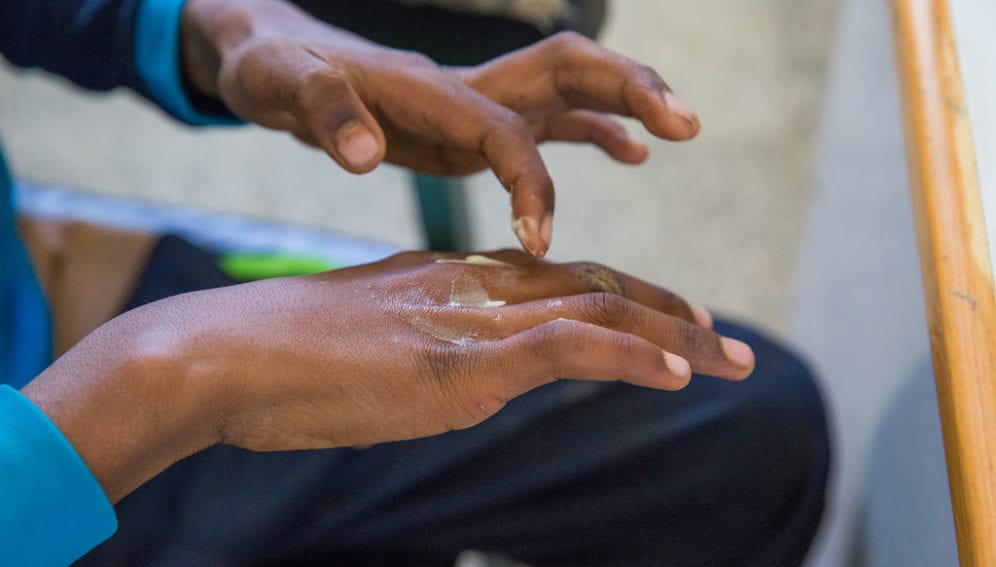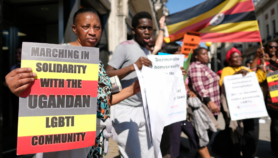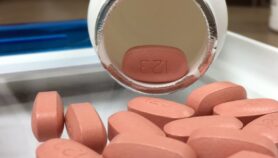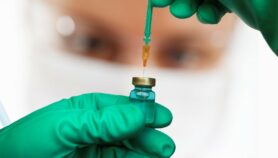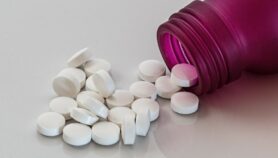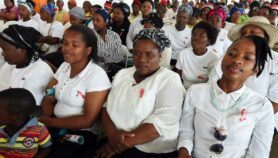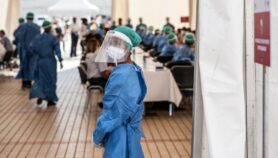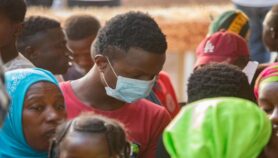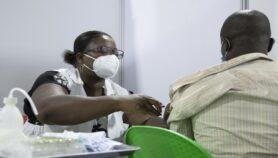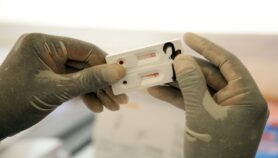By: Baraka Rateng’
Send to a friend
The details you provide on this page will not be used to send unsolicited email, and will not be sold to a 3rd party. See privacy policy.
[NAIROBI] Two-drug treatment of patients with coinfection of HIV and kala-azar — a deadly disease that affects internal organs such as the liver and spleen — has proved 88 per cent effective in a trial in Ethiopia.
Kala-azar, also known as visceral leshmaniasis, is caused by a parasite called Leishmania donovani, which is transmitted from the bite of infected female sandflies.
According to the WHO, about 50,000 to 90,000 new cases of the disease occur annually worldwide, with more than 95 per cent of untreated cases resulting in death. In 2015, the WHO received more than 90 per cent of new kala-azar cases worldwide from seven countries: Brazil, Ethiopia, India, Kenya, Somalia, South Sudan and Sudan.
“The Ethiopia trial is a strong case for effective treatment … Ethiopia and India constitute more than 80 per cent of all coinfected patients worldwide,” says Monique Wasunna, a co-author of the study and director, DNDi Africa. “Considering the high proportion of HIV-kala-azar coinfection in Ethiopia, there was a clear need from those who are in the frontline of patient management to improve the treatment of this target population.”
“The evidence from this study calls for an urgent need to review the existing guidelines and make recommendations for appropriate change.”
Lubano Kizito, Kenya Medical Research Institute
The study which was published this month (17 January) in the journal PLOS Neglected Tropical Diseases was a randomised trial conducted by researchers from institutions including Ethiopia-based University of Gondar and Addis Ababa University. The study involved 58 patients with coinfection of HIV and kala-azar who were being treated at two health facilities in Ethiopia.
Researchers randomly assigned 19 patients to receive 40 milligrams per kilogram total dose of a drug called AmBisome as recommended by the WHO and 39 patients to receive the combination drugs: 50 milligram capsule of miltefosin twice a day for 28 days and 30 milligrams per kilogram total dose of AmBisome.
According to the findings, while 50 per cent of patients who received one drug were cured of the infection, the cure rate was 67 per cent among those who received the combination drugs.
The cure rate increased to 88 per cent when a second round of treatment to clear leishmaniasis parasites was given to patients who were not fully cured, with a full treatment lasting 58 days.
Wasunna tells SciDev.Net that Ethiopia’s Ministry of Health and the WHO are planning to review the results soon to aid enable them to endorse the combination treatment.
Lubano Kizito, a clinical researcher at the Kenya Medical Research Institute, applauds the findings.
But Kizito adds that AmBisome is very expensive, which can make it difficult for poor patients with the coinfection to afford it.
For example, the WHO-negotiated price of a vial of AmBisome is about US$18. “A rough calculation shows that each adult will need about three vials a day for ten days,” Wasunna tells SciDev.Net.
This piece was produced by SciDev.Net’s Sub-Saharan Africa English desk.
References
Ermias Diro and others A randomized trial of AmBisome monotherapy and AmBisome and miltefosine combination to treat visceral leishmaniasis in HIV co-infected patients in Ethiopia (PLOS Neglected Tropical Diseases, 17 January 2019)


